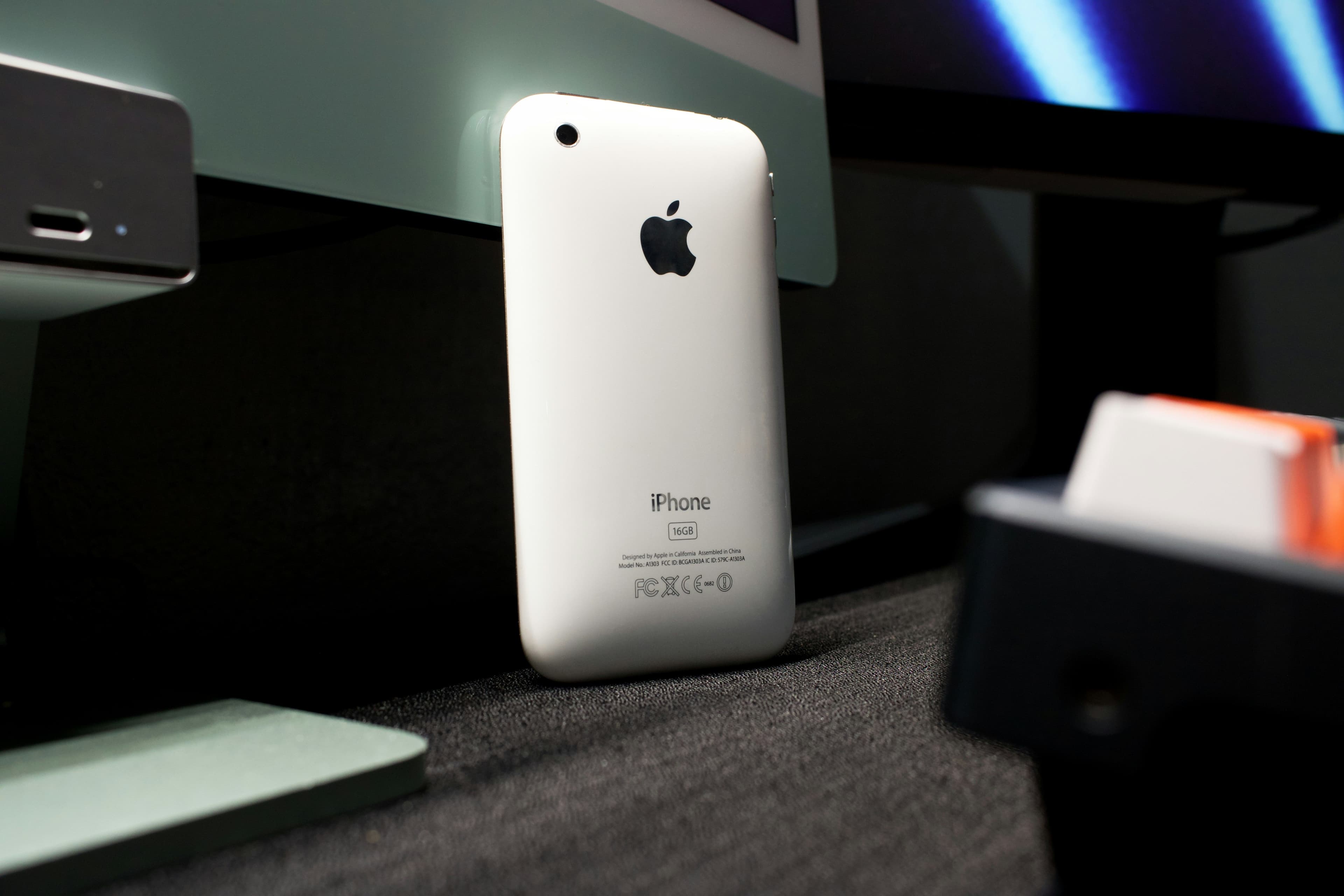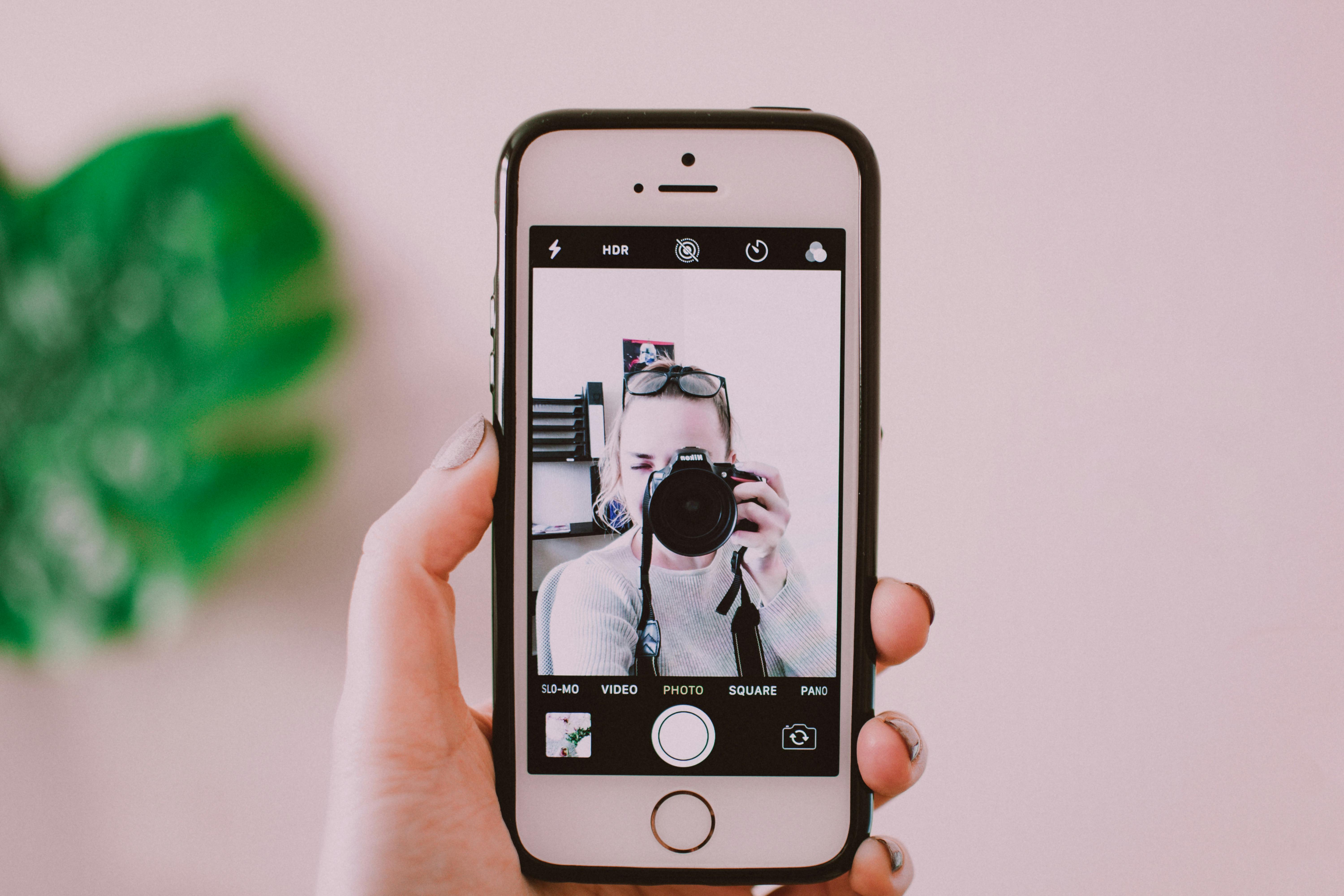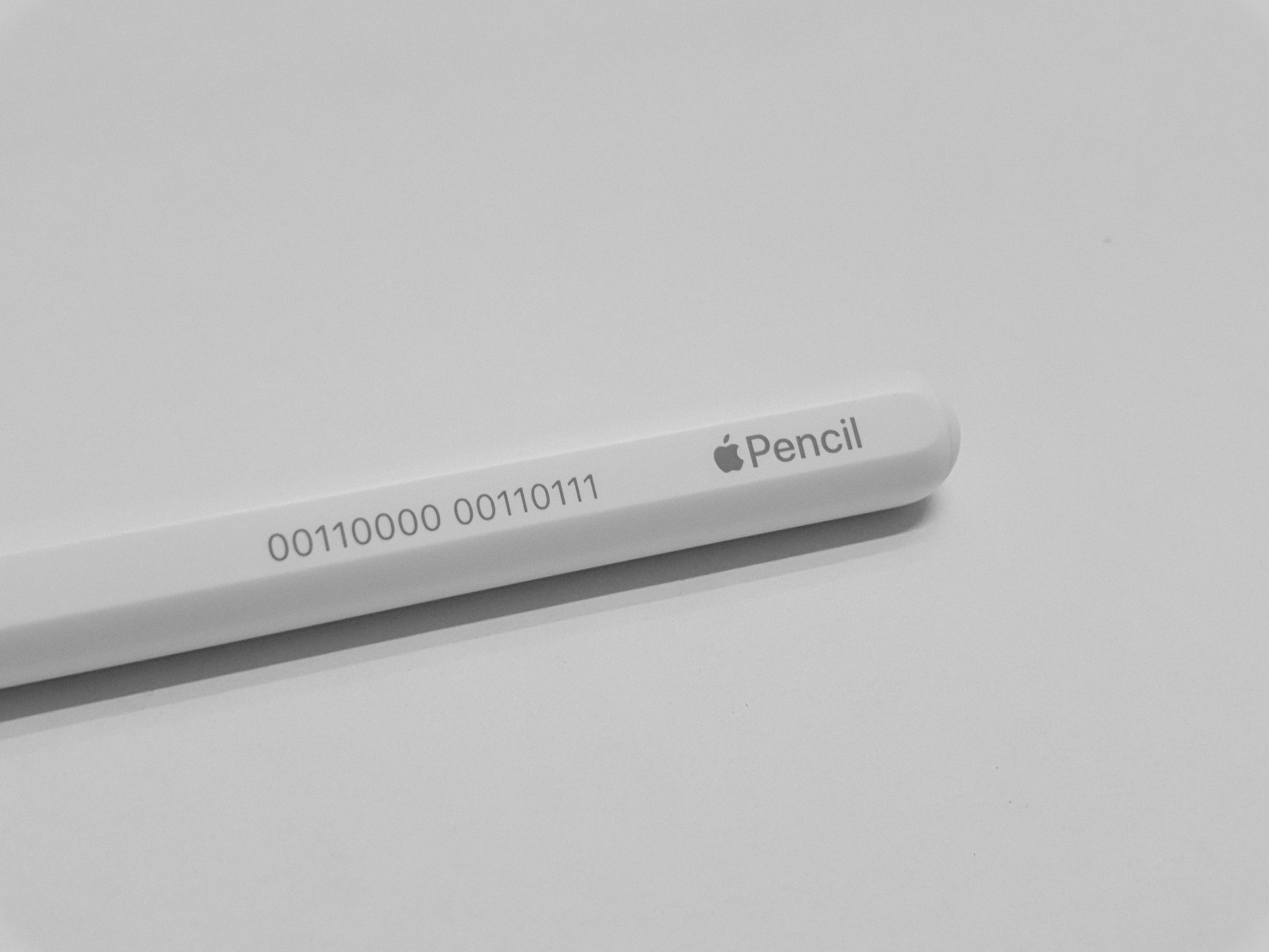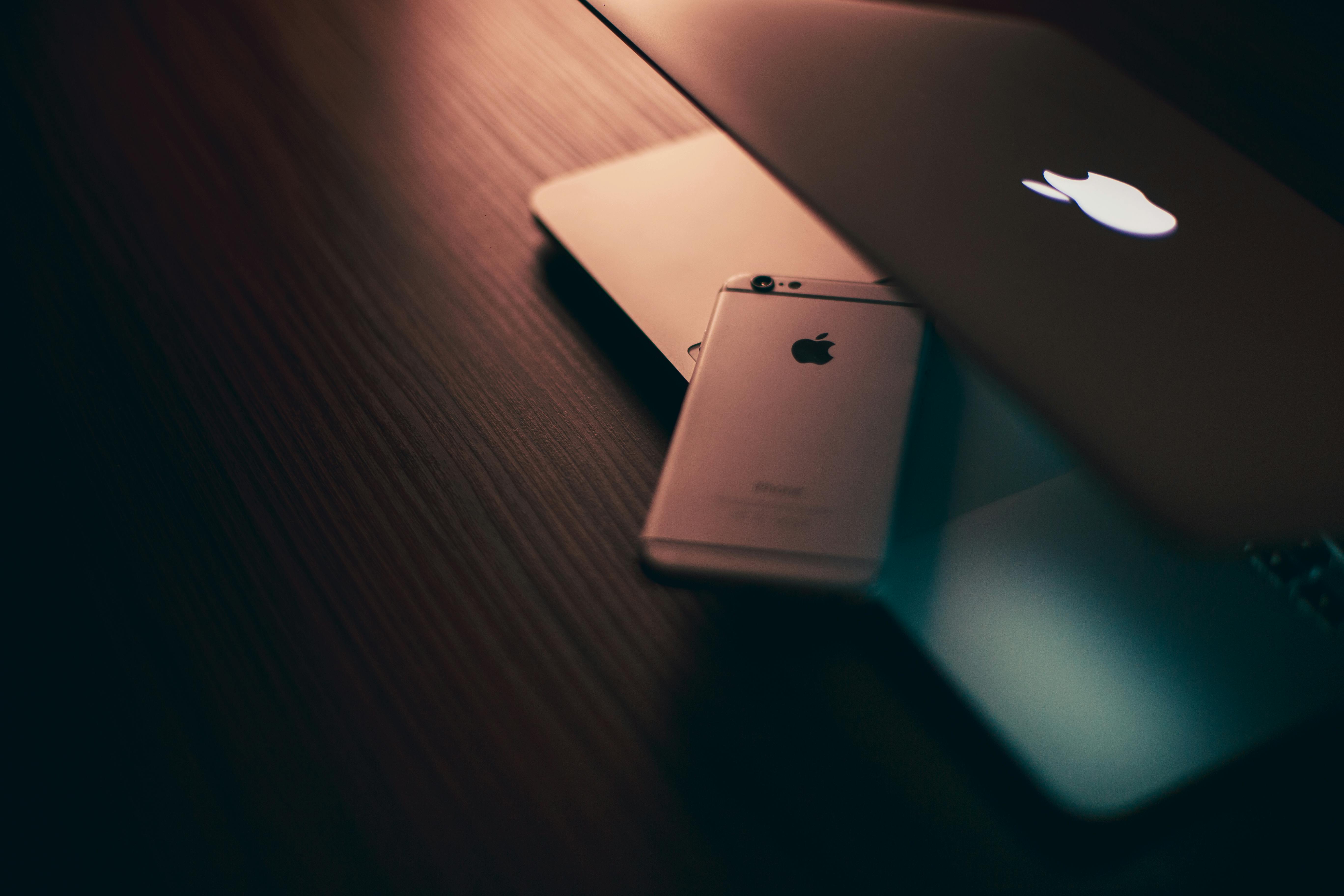Apple iOS 26 Preview
Discover new features in Apple iOS 26. Get a glimpse of what's coming!
Eddie
June 25, 2025

Apple has unveiled its next-generation iPhone operating system, iOS 26, skipping several numbers to align with a new year-based system for its operating systems. The highlight of iOS 26 is the transformative Liquid Glass design. This new interface reshapes the home and lock screens with a translucent and reflective aesthetic, promising a more cohesive look across Apple devices like iPhone and iPad. Also, iOS 26 introduces various quality-of-life upgrades including innovative features in the Phone and Messages apps to streamline communication, enhanced AI capabilities with Visual Intelligence, and improved security options.
Liquid Glass Design

Overview of the Liquid Glass Interface
Apple's iOS 26 marks a significant redesign with its introduction of the Liquid Glass interface. This new design paradigm draws inspiration from the optical qualities of glass, emphasizing translucency and the dynamic interaction of light. The aesthetic is not merely cosmetic; it redefines the look and feel of the entire system. Liquid Glass is characterized by an almost ethereal quality, reflecting and refracting light to create a sense of depth and fluidity across the operating system. Notably, this design overhaul extends across Apple's entire software suite, including macOS, iPadOS, and watchOS, aiming for a cohesive experience across all Apple devices.
Interactive elements such as app icons, buttons, and sliders are crafted to simulate the properties of glass, offering a fresh and engaging user experience. The Control Center, Home Screen, and even notifications adopt this translucency, adding a layer of sophistication. Thanks to real-time rendering capabilities, Liquid Glass reacts dynamically to user movement, providing a seamless and immersive interaction.
User Feedback and Improvements
With the initial release of the iOS 26 beta, Apple faced criticism over usability issues related to the Liquid Glass design, particularly regarding readability within the Control Center. Early testers found the semi-transparent interface challenging, as it hindered the ability to differentiate between elements. However, Apple quickly responded in the subsequent beta release by implementing a background blur feature, enhancing readability without sacrificing the aesthetic appeal. Additionally, notifications were refined to improve clarity, especially against brighter backgrounds.
Cross-Platform Cohesiveness
The introduction of Liquid Glass in iOS 26 is part of Apple's broader strategy to unify the user experience across its ecosystem. By implementing this design across all its platforms, Apple seeks to erase the lines between devices, making it easier than ever for users to switch seamlessly from an iPhone to an iPad, Mac, or Apple Watch. A design strategy which ensures that users enjoy consistent visuals and interactions, whether they're navigating through iOS, macOS, or even tvOS.
New Features and Enhancements

Visual Intelligence and Integration with Apps
Among the standout features in iOS 26 is Visual Intelligence, which significantly enhances the way users interact with content on their devices. Building on Apple's existing knowledge graph and artificial intelligence capabilities, Visual Intelligence allows users to search and perform actions with the content directly displayed on their screens. This includes identifying objects or locations in photos and providing detailed information or purchasing options, akin to a reverse Google image search. Users can also quickly add events to their calendars and perform quick searches, making the feature a convenient, multitasking tool for daily use.
Phone and Messaging Enhancements
iOS 26 introduces several enhancements to the Phone and Messages apps designed to streamline communication and reduce distractions. The Phone app gets notable upgrades with features such as Hold Assist, which alerts users when a representative becomes available during a hold call, and Call Screening, that filters out unwanted calls. Messaging receives a boost with the addition of polls for group chats, allowing users to gather opinions efficiently without a barrage of individual responses.
Live Translation stands out as a breakthrough feature in both the Phone and FaceTime applications, enabling real-time language translation, thus breaking down barriers in cross-language communication. This is part of Apple's adoption of Live Translation across its ecosystem.
Apple Music and Shortcuts Upgrades
Apple Music has also received significant updates in iOS 26, including the introduction of AutoMix, a feature that transitions seamlessly between songs, enhancing the listening experience with DJ-like precision. Additionally, Lyrics Translation adds a new dimension to enjoying international music by translating lyrics in real time.
The Shortcuts app has been further empowered with intelligent actions, including the ability to summarize text, create images, and interface with Apple's AI models for diverse applications. These advancements enable users to automate more complex workflows, enhancing productivity and personalization of daily tasks.
Overall, iOS 26's range of new features and enhancements not only enriches individual apps but also integrates them into a more cohesive, efficient, and user-friendly ecosystem.
Device Compatibility and Beta Release

iOS 26 brings a host of exciting new features and improvements, but it’s essential to know whether your device is compatible with this latest operating system. Fortunately, Apple ensures that many existing models are eligible. Specifically, iPhones released in 2019 and later will support iOS 26. This includes models from the iPhone 11 series onward, as well as the iPhone SE (second generation or later). However, owners of iPhone XR, XS, and XS Max will not be able to upgrade to iOS 26.
Fully Compatible iPhone Models:
- iPhone SE (second generation or later)
- iPhone 11, 11 Pro, 11 Pro Max
- iPhone 12, 12 mini, 12 Pro, 12 Pro Max
- iPhone 13, 13 mini, 13 Pro, 13 Pro Max
- iPhone 14, 14 Plus, 14 Pro, 14 Pro Max
- iPhone 15, 15 Plus, 15 Pro, 15 Pro Max
- iPhone 16e, 16, 16 Plus, 16 Pro, 16 Pro Max
Apple has also announced that new iPhone models, likely dubbed iPhone 17 or iPhone 26, will be available by the time iOS 26 officially launches in the fall.
Beta Release
For those eager to test iOS 26 ahead of its official release, the public beta will be available in July through the Apple Beta Software Program. To participate, you need to sign up at beta.apple.com using your Apple ID. This program is free to join and allows users a sneak peek at all the latest features.
However, it is important to bear in mind that beta versions may have bugs or usability issues, so it's advisable not to install the beta on your primary device. The finalized version of iOS 26 is anticipated to be released in September, following Apple's traditional schedule of a fall unveiling alongside new iPhone models.
Apple's iOS 26 brings a significant shift in both design and functionality, marking a bold leap from its predecessors. The standout feature, Liquid Glass, offers a fresh aesthetic with its translucent design that adapts to surroundings and enhances user experience across devices. Alongside, practical features like Call Screening and Hold Assist are set to streamline daily tasks by reducing interruptions from unwanted calls and minimizing wait times on calls.
Moreover, the inclusion of Live Translation across Phone, Messages, and FaceTime breaks language barriers effortlessly, facilitating smoother communication. The revamped app interfaces, improved Visual Intelligence, and personalized options such as customizable backgrounds in Messages are proof of Apple's commitment to user-friendly innovation.





